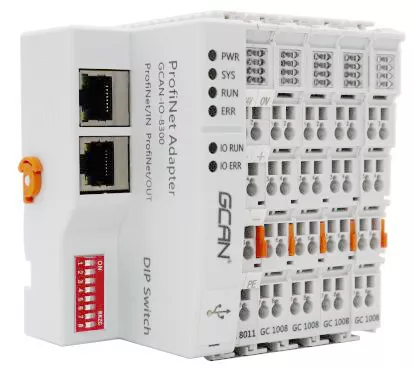(1) PLC can be used to monitor and manage the power output and load demand of the solar system.
By connecting sensors and measuring devices, PLC can monitor the power generation of solar panels, battery energy storage status and load demand in real time, and distribute and optimize power according to demand.
(2) PLC can be used to control the charging and discharging process between solar panels and batteries.
By controlling devices such as chargers and inverters, PLC can realize intelligent control of charging and discharging according to battery status and load demand to maximize the use of solar energy resources.


(3) PLC can be used to monitor the operating status and performance parameters of the solar energy system.
By connecting sensors and monitoring equipment, PLC can monitor parameters such as temperature, radiation intensity, current and voltage of solar panels in real time, and provide alarm and fault diagnosis functions.
(4) PLC can be used to collect the operating data of the solar energy system, such as power generation, load demand, battery status, etc.
By connecting data storage devices and network communication modules, PLC can transmit data to the monitoring center or cloud platform for data analysis and formulation of optimization strategies.
(5) PLC can realize remote monitoring and control of solar energy system through network connection.
Operators can monitor the operating status of the solar energy system in real time through remote terminal devices, such as computers and mobile phones, and make necessary controls and adjustments.
Looking for a CAN Fiber Optic Gateway for your next project ? Click to learn more!
